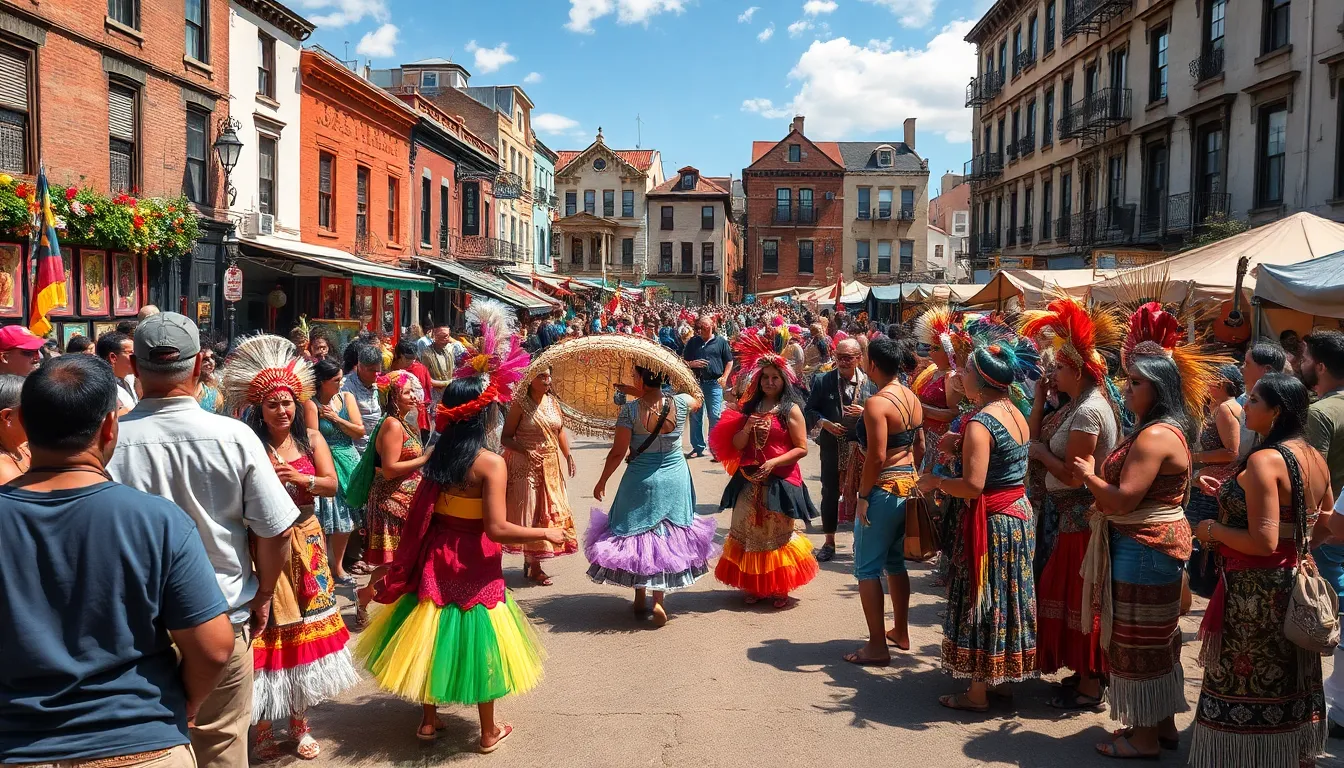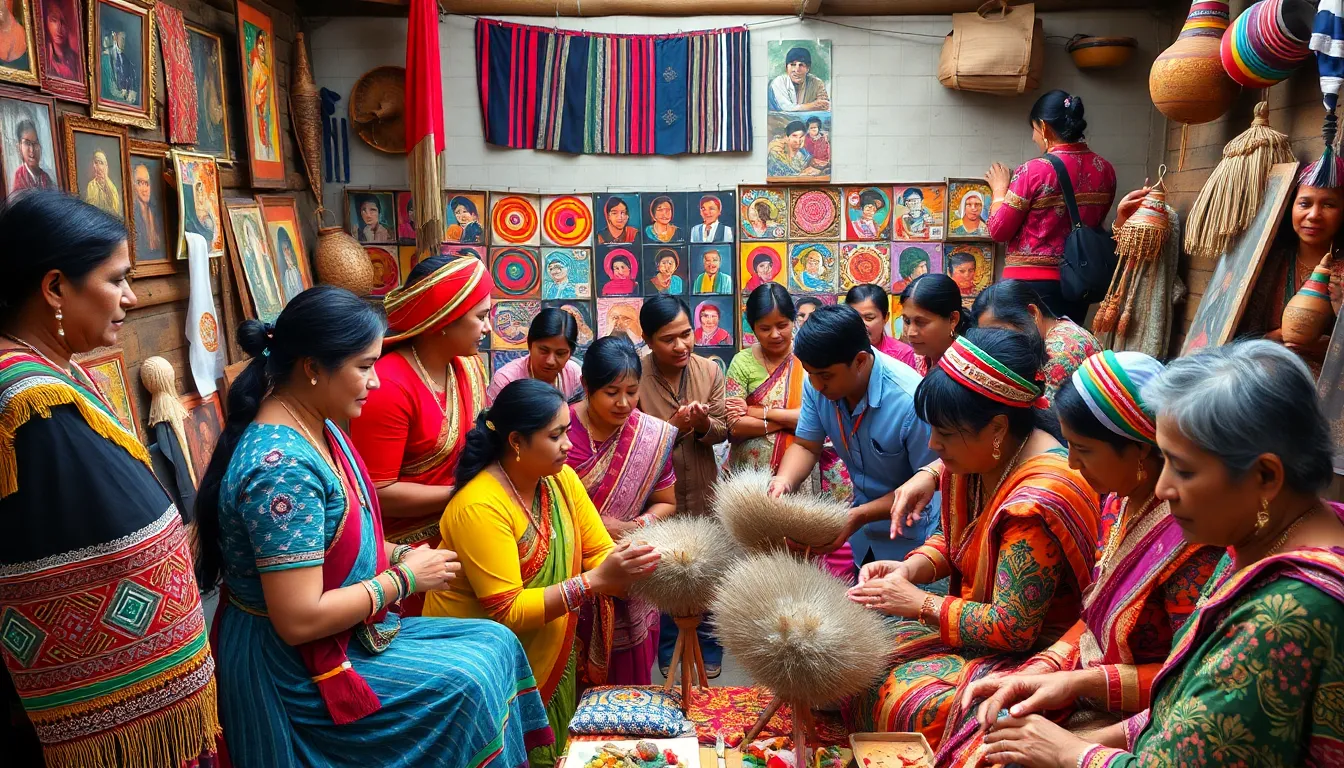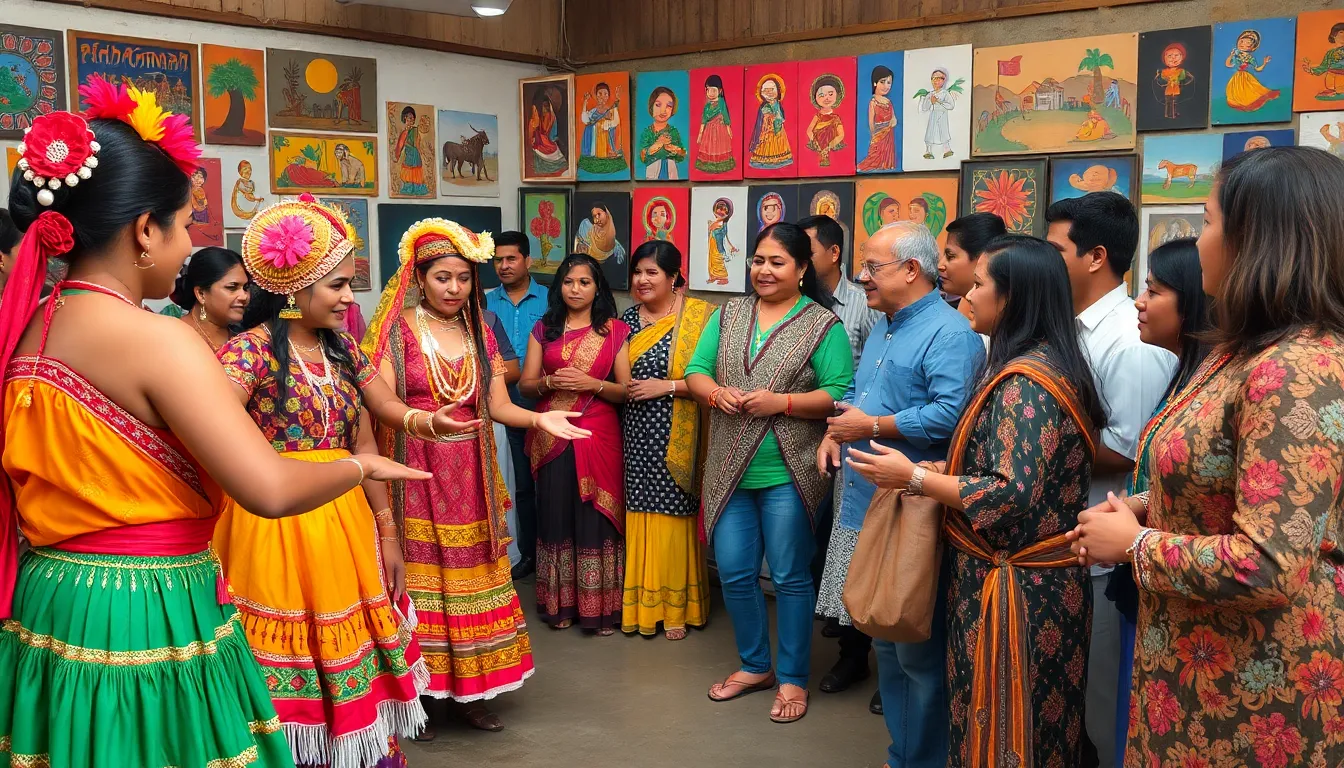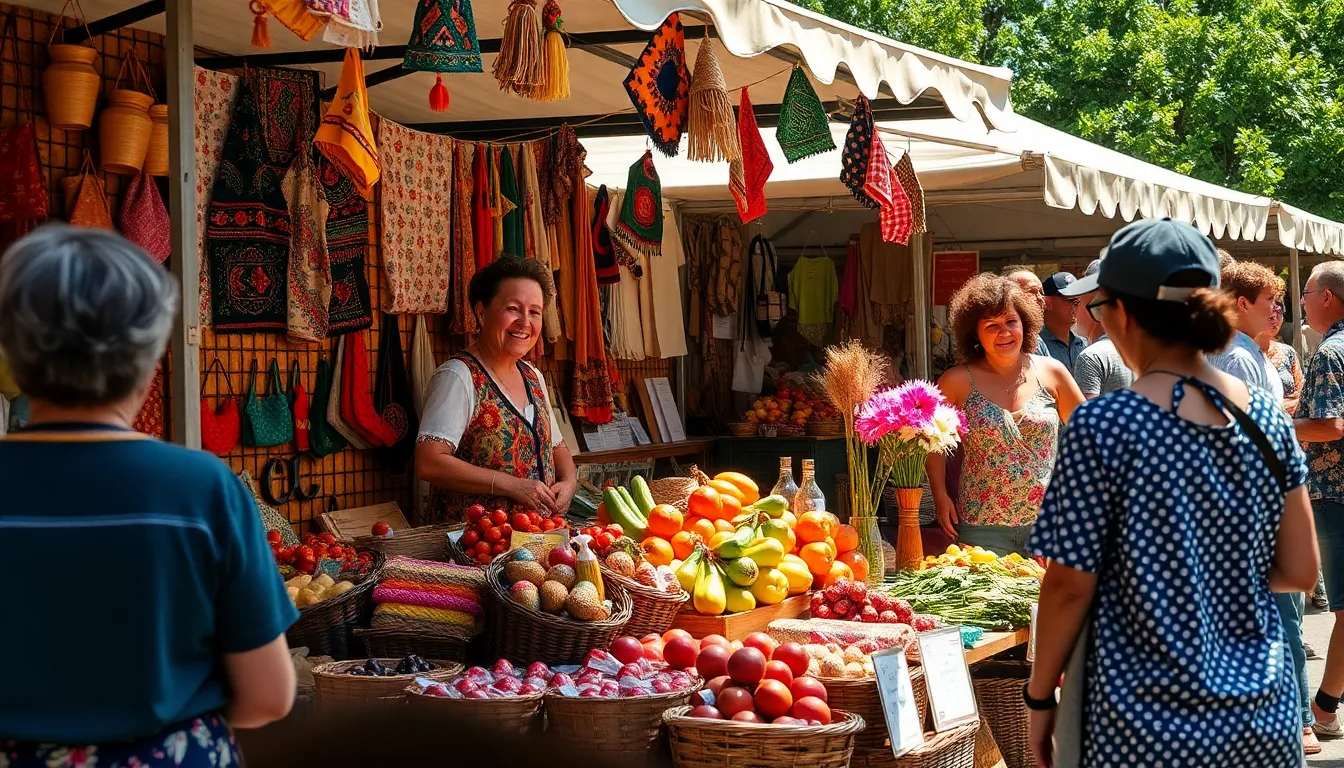Nadimasaaie is a captivating concept that has intrigued many across cultures. Rooted in rich traditions and beliefs, it embodies a unique blend of art, spirituality, and community. This fascinating term often evokes curiosity about its origins and significance, inviting exploration into its deeper meanings.
As people seek to understand nadimasaaie, they uncover layers of history and personal experiences that shape its interpretation. This journey not only highlights the importance of cultural heritage but also emphasizes the role of storytelling in connecting individuals to their roots. Delving into nadimasaaie opens a window into a world where tradition meets modernity, offering insights that resonate with today’s audiences.
Table of Contents
ToggleOverview of Nadimasaaie
Nadimasaaie represents a unique cultural phenomenon intertwining elements of art, spirituality, and community. This concept derives from deep historical narratives that reflect the experiences and traditions of specific societies. Nadimasaaie serves as a conduit for storytelling, allowing individuals to connect with their heritage through various artistic expressions.
Nadimasaaie showcases diverse forms, including visual arts, music, and performance, often rooted in ritualistic practices. These art forms foster a sense of identity and belonging, reinforcing community bonds. Activists and creators emphasize its role in preserving cultural memory, ensuring that past narratives remain relevant in today’s world.
Nadimasaaie actively engages contemporary audiences by bridging traditional practices with modern interpretations. Cultural events and workshops highlight its flexibility, inviting participants to explore their creativity while honoring ancestral knowledge. Recognizing this blend enhances appreciation for cultural diversity and its relevance in modern society.
History and Origins
Nadimasaaie encompasses a tapestry of cultural history, intricately woven through time. Understanding its origins involves exploring both its cultural significance and the methods by which it is transmitted across generations.
Cultural Significance
Nadimasaaie embodies deep cultural roots, intertwining aspects of art, spirituality, and community values. By celebrating traditional narratives, it reinforces a sense of identity among practitioners. It fosters connections among individuals, creating a collective memory that honors ancestry. This shared cultural experience inspires newer generations, promoting an appreciation for the past while facilitating an ongoing dialogue about present realities.
Transmission Methods
Nadimasaaie relies on diverse methods for cultural transmission. Oral traditions play a crucial role, allowing stories and practices to flow from elder to younger members of the community. Workshops and cultural events serve as platforms for sharing techniques in visual arts and performance. Digital media now amplifies its reach, presenting nadimasaaie to broader audiences while ensuring the continuity of its rich heritage in a modern context.
Features of Nadimasaaie
Nadimasaaie exhibits various defining characteristics that reflect its cultural significance. Understanding these features highlights why nadimasaaie resonates within diverse communities.
Key Characteristics
- Artistic Expression: Nadimasaaie encompasses a range of artistic forms, including visual arts, music, and dance, each contributing to the vibrant cultural landscape.
- Spiritual Elements: Spirituality plays a central role in nadimasaaie, often characterized by rituals and practices that invoke a deep connection to tradition.
- Community Engagement: Community involvement is essential, as nadimasaaie thrives through collective participation and shared experiences among individuals.
- Storytelling Tradition: Oral narratives serve as a foundation for nadimasaaie, transmitting cultural knowledge and values from one generation to the next.
- Cultural Memory: It acts as a repository for cultural memory, preserving historical narratives that shape identities and reinforce belonging.
Variations Across Regions
- Cultural Interpretations: Different regions express nadimasaaie through distinct cultural lenses, showcasing local traditions and artistic styles.
- Ritual Practices: Variations exist in ritual practices associated with nadimasaaie, influenced by regional beliefs and customs.
- Artistic Styles: Artistic expressions vary, reflecting local resources, environmental factors, and historical influences specific to each region.
- Festivals and Events: Regional festivals celebrate nadimasaaie uniquely, often incorporating local music, dance, and culinary traditions that highlight community pride.
- Language and Dialect: The terminology and dialect used in nadimasaaie reflect regional languages, enriching the cultural narrative and emphasizing diversity.
Benefits of Nadimasaaie
Nadimasaaie offers numerous benefits that enrich both individuals and communities.
- Cultural Identity: Nadimasaaie fosters a strong sense of cultural identity. Engaging with its practices helps individuals connect with their heritage and history.
- Community Engagement: Participating in nadimasaaie creates opportunities for social interaction. Events related to nadimasaaie build connections among community members, strengthening bonds through shared experiences.
- Artistic Expression: Nadimasaaie encourages various forms of artistic expression. It serves as a platform for creativity in visual arts, music, and performing arts, allowing individuals to explore and showcase their talents.
- Cultural Preservation: Nadimasaaie plays a vital role in preserving cultural traditions. By transmitting stories and rituals through workshops and events, it safeguards collective memory for future generations.
- Spiritual Connection: The spiritual aspects of nadimasaaie provide a framework for introspection and mindfulness. Participants often experience personal growth by engaging with its rituals, leading to heightened self-awareness.
- Educational Opportunities: Through workshops and community events, nadimasaaie promotes education about cultural heritage. Individuals learn about their roots, enhancing their understanding of diverse cultural practices.
- Diversity Appreciation: Nadimasaaie cultivates appreciation for cultural diversity. It encourages individuals to celebrate various interpretations and expressions, promoting inclusivity and understanding among different communities.
Overall, nadimasaaie serves as a powerful connector, offering benefits that enrich individual lives and strengthen community ties.
Challenges and Considerations
Nadimasaaie faces several challenges that impact its preservation and relevance.
- Cultural Dilution: Urbanization and globalization introduce foreign influences, which may dilute traditional practices.
- Generational Gap: Younger generations may show less interest in cultural traditions, risking a disconnection from their heritage.
- Resource Limitations: Limited funding and support for cultural programs restrict opportunities for workshops and events that promote nadimasaaie.
- Documentation Issues: Inconsistent documentation of oral traditions hinders the preservation of authentic narratives and practices.
- Access to Education: Reduced access to educational resources affects engagement with nadimasaaie, particularly in remote areas.
Community leaders and cultural activists recognize the importance of addressing these challenges. They emphasize the need for strategic actions to maintain the essence of nadimasaaie while adapting to contemporary contexts. Collaborative efforts among local organizations, schools, and cultural institutions foster participation and awareness. Such initiatives aim to bridge gaps, ensuring that nadimasaaie thrives across generations.
Cultural sensitivity plays a pivotal role in the ongoing conversation about nadimasaaie. Engaging participants in discussions about respect and authenticity enhances the integrity of practices. Facilitators should actively include diverse voices to reflect the multifaceted nature of cultural heritage.
Ongoing evaluation and adaptation of cultural programs help maintain relevance. By employing digital platforms and social media, communities can extend their reach and attract broader audiences. Innovative approaches, such as hybrid events combining virtual and in-person experiences, provide opportunities for increased engagement.
Understanding these challenges and considerations ensures that nadimasaaie remains a vibrant part of cultural expression and community life. The sustained interest in its practices highlights the collective commitment to preserving and celebrating cultural heritage.





